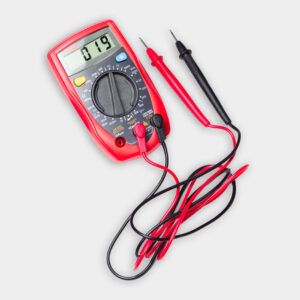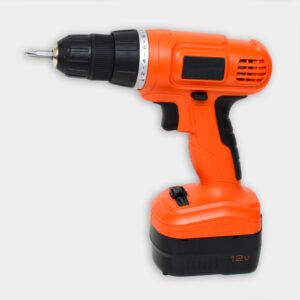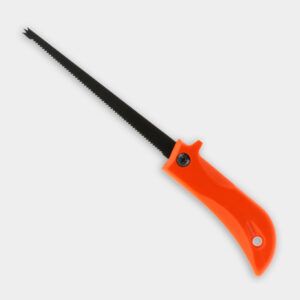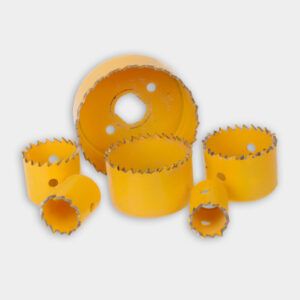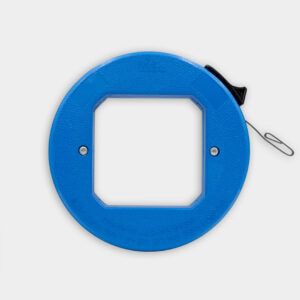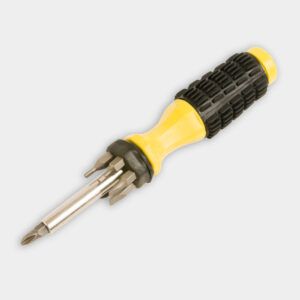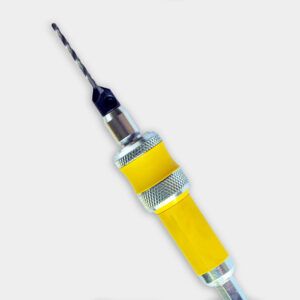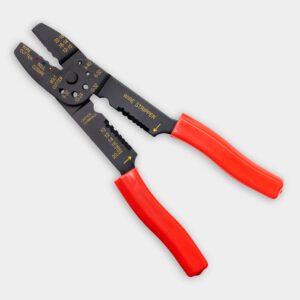We may be compensated if you purchase through links on our website. Our team is committed to delivering honest, objective, and independent reviews on home products and services.
Project details
Skill
Cost
Estimated Time
Recessed lighting can illuminate areas that traditional fixtures may miss. It’s ideal for rooms with low ceilings or for homeowners who prefer a minimalist look — but this type of lighting can be used in virtually any room of the house.
In this guide, we’ll walk you through the process of installing recessed lights in a room without existing ceiling fixtures. In this video and guide, This Old House expert Heath Eastman demonstrates the installation process, offering valuable insights along the way.
Planning Your Recessed Lighting Project
Take time to evaluate the room where you’ll be installing recessed lights. You need to take into account more than just the best lighting angles. Consider the ceiling height and existing electrical sources, as well as obstacles such as plumbing or HVAC ducts.
Map out your ceiling and mark the proposed locations of the recessed lights. Remember that lights should be spaced an equal distance apart and from the walls—generally about 4 to 6 feet from each other. Make sure they don’t align with ceiling joists or other obstacles.
Choosing Recessed Lights
Choosing the right recessed lights for your home involves more than simply picking a fixture. It’s important to consider factors like size, type, trim, and lighting characteristics to ensure the lights not only fit your space but also enhance its functionality and aesthetic appeal. Here’s a more detailed guide to help you make the best choice when selecting recessed lights.
Size
One of the first decisions you’ll need to make is the size of the recessed lights. The most common sizes are 4-inch and 6-inch diameters, though other sizes are available depending on your needs. Four-inch lights are ideal for smaller spaces, such as hallways, closets, or accent lighting areas, where subtlety is key. They offer a sleek, modern look without overpowering the ceiling space.
Six-inch lights are more suitable for larger rooms like living rooms, kitchens, or spaces with higher ceilings, as they provide broader light coverage. Choosing the right size helps balance functionality with the aesthetic impact of the lighting.
Type: New Construction or Remodel
When choosing recessed lighting, it’s important to select the right type based on whether you’re working with new construction or a remodel. New construction recessed lights are designed for installation in homes that are still being built or in areas where the ceiling framing is exposed. These lights come with mounting hardware that attaches directly to the ceiling joists, making them easier to install before drywall goes up.
On the other hand, remodel recessed lights are ideal for projects where the ceiling is already finished. These fixtures are designed to fit into pre-cut holes and are secured with clips, making them perfect for upgrading existing lighting without tearing into the ceiling.
Trim Style and Color
The trim of a recessed light refers to the visible part that surrounds the bulb, and it plays a significant role in the fixture’s overall look. The trim style you choose should complement the room’s design while also serving a practical purpose. For instance:
- Baffle trims have ridges that reduce glare, making them a good option for living rooms or bedrooms.
- Reflector trims, which have a smooth, shiny surface, are ideal for areas like kitchens or bathrooms where you want to maximize light output.
- Eyeball trims allow for directional lighting, perfect for highlighting artwork or architectural features.
Color is another consideration—while white trim is the most common because it blends with most ceilings, bronze, nickel, and black trims are also available to match more contemporary or industrial styles.
Light Output and Color Temperature
Selecting the right light output and color temperature is essential for creating the desired ambiance and functionality in each room. Light output is measured in lumens, and higher lumens mean brighter light. Think about the purpose of the space: Task-oriented areas, such as kitchens, home offices, or workshops, benefit from brighter lights with a higher lumen count. In contrast, living rooms and bedrooms may require softer, ambient lighting.
Color temperature is measured in Kelvins (K) and can dramatically affect the feel of a room. Cooler temperatures, around 4,000K to 5,000K, produce a bright, bluish-white light that mimics daylight, making it ideal for task lighting in kitchens, garages, or workspaces where clarity is important. Warmer temperatures, in the 2,700K to 3,000K range, emit a soft, yellowish light that creates a cozy and inviting atmosphere, perfect for living rooms, dining rooms, and bedrooms.
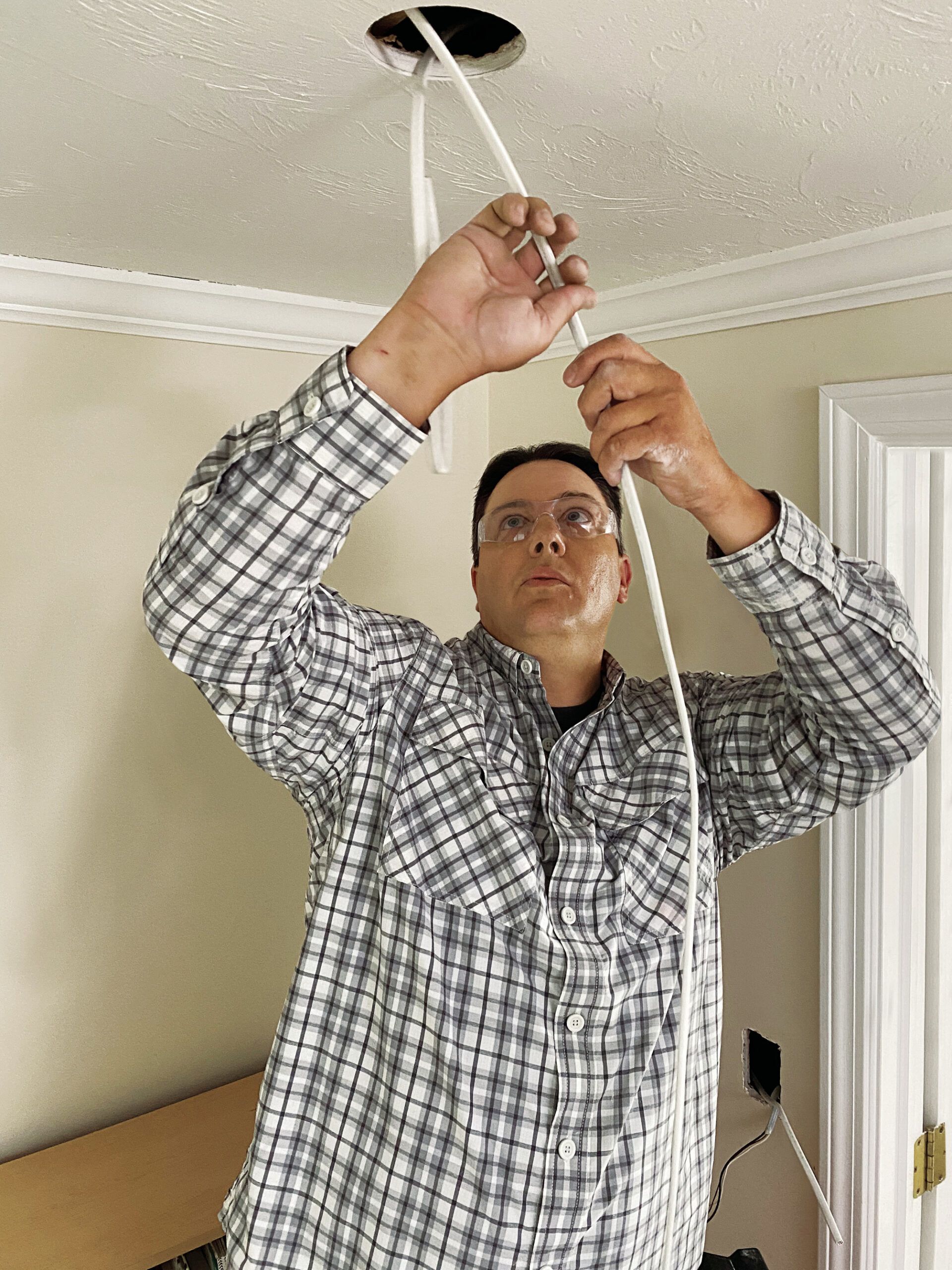
Tools and Materials
For the steps described below, you’ll need the following items.
Before working with your home’s electrical wiring, turn off the power at the breaker and use a non-contact voltage tester to confirm the power is off. Wear safety glasses and gloves, and use caution when working on ladders or in attic spaces.
Step-by-Step Recessed Lighting Installation Process
The steps below are demonstrated in the video above. If you have any hesitation working with your home’s wiring, you may want to consult a trained electrician.
Step 1: Shut Off the Circuit Breaker
Start by shutting off the breaker that controls the circuit you’ll be working on. Test with a non-contact voltage tester to ensure that the power is off.
Step 2: Prepare Lightswitch
If there is a switch controlling an outlet, you’ll want to use it for the recessed lights. Locate the outlet, rewire it for constant power, and rewire the wire coming from the switch to feed it with continuous power.
If the copper tabs between the terminals are broken, remove the outlet and replace it with a new one. Use wire nuts to cap the electrical connections and secure them. Remove the electrical box from the wall.
If There Isn’t an Existing Lightswitch:
If there isn’t a switch, find a suitable location to install a new lightswitch near the door. Use a keyhole saw to cut out the drywall, then find a nearby outlet from which you can run a wire to the switch. Use the flexible drill bit to drill through the studs and run the wire from the switch locations to the outlet.
If necessary, remove the wires from the outlet and tie them to the new wire along with short jumper wires. Strip the end of the wires with the wire strippers, twist them together with the lineman’s pliers, and cap them with wire nuts. Strip the other ends of the jumper wires and attach them to the outlet.
Step 3: Check for Obstructions
Use a small mirror to look up into the wall cavity at the switch location to ensure there aren’t any pipes, wires, or other obstructions.
Use the flexible drill bit to drill a hole through the top plate of the wall, to provide a place from which to run the wire up to the ceiling.
Step 4: Prepare Fixture Holes
Fit the hole saw to the drill and drill holes for recessed light locations. You’ll need a 4-inch or 6-inch hole saw depending on the size light you chose.
Step 5: Prepare Wiring
Feed the fish tape up from the switch location, through the top plate, into the ceiling, and to the closest light location. Attach a wire to the fish tape and pull it back through the wall to the switch location. Run wires from light location to light location following a similar procedure.
Step 6: Install Lighting
Remove the sheathing from the wire at each light location and strip the ends of each wire. Make the electrical connections inside the junction boxes at each light and attach the box to the framing inside the ceiling. Plug the lights into the junction boxes and install them in place.
Step 7: Install Switch
Back at the switch, feed the wires through the electrical box and install it in place. Using the wire strippers, remove the jackets from the wires and secure them to the dimmer switch. Secure the switch to the electrical box and install the cover plate.
Turn the breaker back on and check that the lights and dimmer switch are working properly.
Note: To make sure everything is properly connected, hire a licensed electrician to finish the wiring, then patch and paint where needed.
